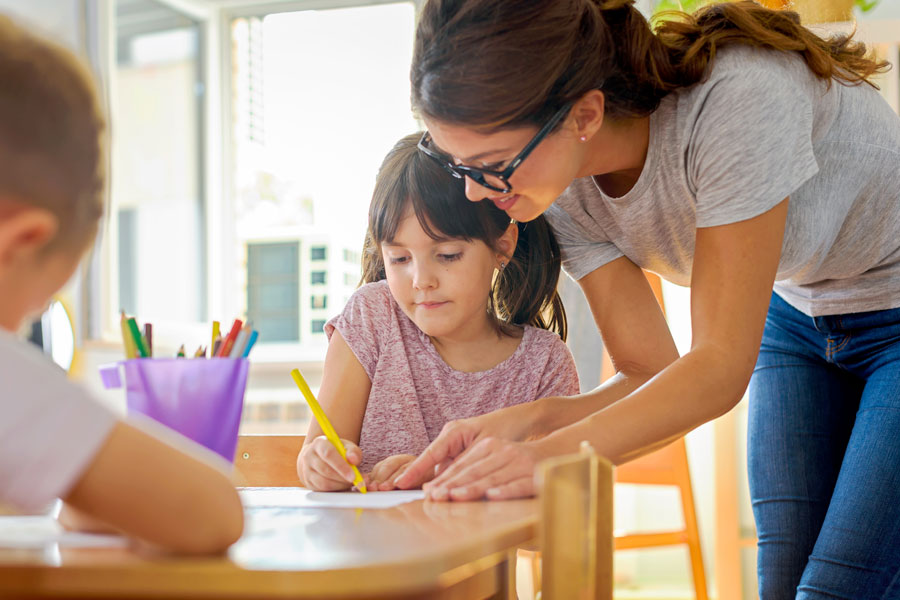We are aware that multilevel mediation analyses test whether students’ mid-year reports of classroom experiences of autonomy, as well as relatedness with peers and competence, mediate associations between early in the school year emotionally supportive teacher-student interactions. We see that the student-reported academic year changes in mastery motivation and behavioral engagement at the same time. We see that the teachers provide general knowledge such as lms full form as well as knowledge of hard concepts to make things easy for them. They can work on making it a goal to start each day with a personal connection as well. We see that it doesn’t need to be a time-consuming or elaborate procedure as well. That could be as simple as giving a warm greeting to welcome each person as they arrive in the morning or asking a question, even if they are teaching virtually. They must make sure to give kids lots of opportunities to work with partners as well. We know that working with a partner helps kids learn to cooperate as well as builds community in their classroom. We see that alternatively between strategically assigning partnerships as well as allowing kids to make their own choices as well. The must be able to work in a group setting is an important life skill as well. We see that students will learn how to negotiate with others, develop leadership skills, as well as figure out their strengths so they can best contribute to the group. They can therefore make group work more productive in this manner as well. We see that it helps to be systematic when it comes to teaching social-emotional skills, as well as a research-backed curriculum can help them cover the skills their students need the most. We see that many SEL curriculums are designed to teach topics such as communication, teamwork, as well as self-regulation in just a few minutes a day, and in combination with the academic subjects they are already teaching as well. Then, they must focus on creating their bucket for the classroom as well. They must get a small tin bucket from a craft store and cut 3-by-3-inch pieces out of card stock as well. We know that there are kids who can write messages of kindness, appreciation, as well as love on the cards throughout the week to fill up the bucket at the same time. We see that at the end of each week, they can spend a few minutes sharing these notes of encouragement to end the week on a positive note as well. We know that sometimes they have to put themselves in someone else’s shoes to truly understand a situation as well. We see that taking time to role-play tricky or troubling situations that show up in their classroom helps kids develop empathy and understand other people’s feelings at the same time. We are aware that it gives students positive phrases they can use to foster their resilience as well as overcome failure. We see that they can hang a large copy on the wall, or give them their own smaller version for their journals or planners as well. We see that they can create a special place in their classroom for kids to take a break when they are upset or angry or need to calm themselves as well. We see that this space should have a peaceful atmosphere as well as might include comfy pillows to sit on, noise-canceling headphones, as well as a fish tank, journaling materials, calming images, and/or books about peace at the same time. They must make sure to give kids a lot of opportunities that are both structured as well as unstructured—to talk to one another during the day at the same time. We see that bouncing ideas off of one another or figuring out problems with a little give as well as take will help their students build understanding and confidence at the same time. The attendance management system therefore can play a role in making changes in the life of the school management, teachers, and the students as well. This will make sure that students work on their life as well.

